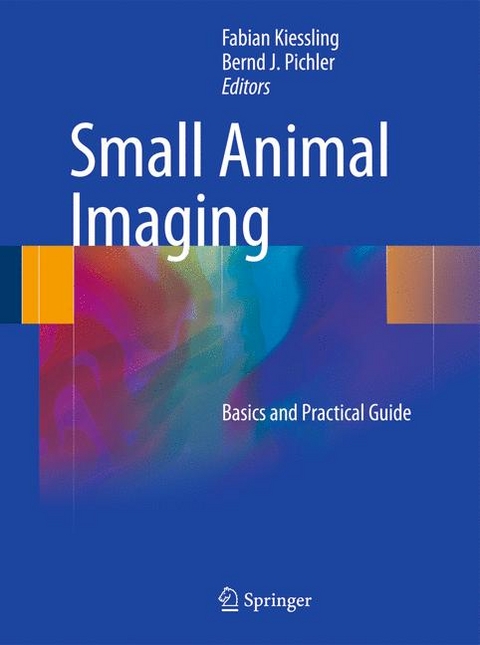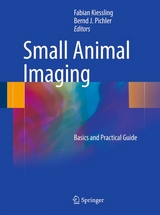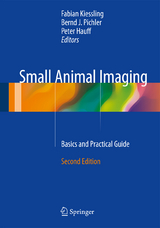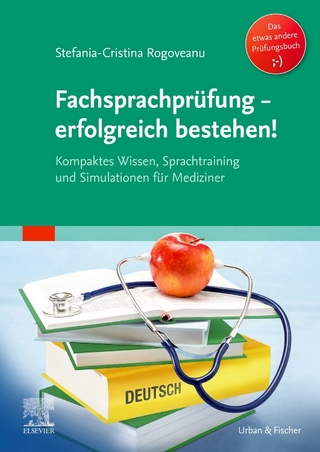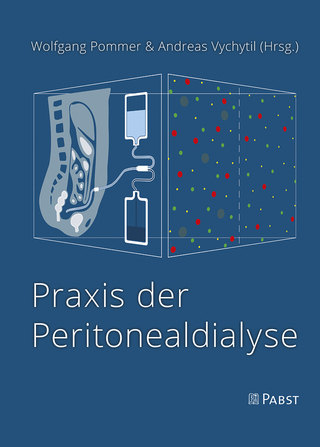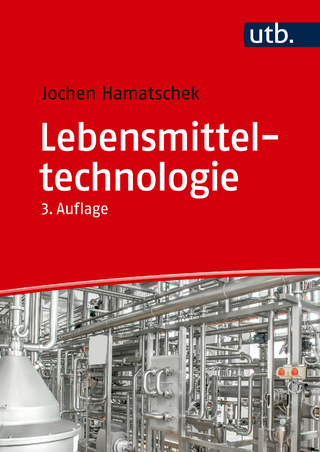Small Animal Imaging
Springer Berlin (Verlag)
978-3-642-12944-5 (ISBN)
- Titel erscheint in neuer Auflage
- Artikel merken
Since 2008 Professor Dr. Fabian Kiessling is leading the Institute of Experimental Molecular Imaging at the Helmholtz Center of Applied Engineering of the RWTH-University in Aachen. Aim of his research is the development of novel diagnostic probes and imaging tools for a disease specific diagnosis and therapy monitoring. In this context, the main focus is on the investigation of angiogenesis related processes. Fabian Kiessling studied Medicine and did his thesis at the University in Heidelberg. Until the end of 2002, he worked as resident in the Department of Radiology at the German Cancer Research Center (DKFZ) in Heidelberg. In 2003 he changed to the Department of Medical Physics in Radiology of the DKFZ as leader of the Molecular Imaging group. In parallel he did his clinical training at different Departments of the University of Heidelberg and received the board certification as Radiologist in 2007. Fabian Kiessling did his habilitation in experimental radiology in 2006. He is author of more than 80 publications, received several research awards, among those the „Emil Salzer Price for Cancer Research” and the “Richtzenhain Price”. Shortly after his change to the RWTH-Aachen University he founded the invivoContrast GmbH together with Professor Matthias Bräutigam, which is distributing diagnostic probes for the preclinical market. Prof. Dr. Bernd Pichler is Head of the Laboratory for Preclinical Imaging and Imaging Technology of the Werner Siemens-Foundation at the Department of Radiology, University of Tübingen, Germany. Dr. Pichler studied electrical engineering with a focus on biomedical engineering and cybernetics at the Technical University of Munich. He finished his diploma thesis in 1997 at the Max-Planck-Institute for Physics, Munich and the Department of Nuclear Medicine, Technical University of Munich, in the field of detector development for small animal positron emission tomography. He earned his PhD in physics at the Department of Nuclear Medicine, Technical University of Munich, in 2002 and subsequently worked as Assistant Biomedical Research Engineer (Assistant Research Professor) in the laboratory of Prof. Dr. Simon Cherry at the Department of Biomedical Engineering, University of California, Davis, USA, for two years. Since 2005 he is head of the Laboratory for Preclinical Imaging and Imaging Technology at the Department of Radiology, University of Tübingen, and received the venia legendi (habilitation in experimental radiology) from the Eberhard-Karls-University of Tübingen in 2007. In December 2007, Dr. Pichler accepted the call of the University of Tübingen for a full (W3) professorship in “Preclinical Imaging and Imaging Technology”. Since October 2008, Prof. Pichler is also Head of the Radiopharmacy at the Department of Radiology.
1.Preamble
2.Role of small animal imaging: Non invasive imaging for supporting basic research.-Non invasive imaging in the pharmaceutical industry.-How to set up a small animal imaging unit.-Significance of non invasive imaging for animal protection
3.Study planning and animal preparation: Institutional preconditions for small animal imaging.-Statistical considerations for animal imaging studies.-Animal anesthesia and monitoring.-Drug administration
4.Imaging modalities and probes: How to choose the right imaging modality.-X-ray and X-ray-CT.-CT contrast agents.-MRI.-MR contrast agents.-MRS.-Ultrasound.-Ultrasound contrast agents.-PET and SPECT.-Radiotracer.-Optical imaging.-Optical probes.-Multimodal imaging and image fusion
5.Ex vivo validation methods:Ex vivo and in vitro cross calibration methods.-In Vitro Methods for In Vivo Quantitation of PET and SPECT Imaging Probes: Autoradiography and Gamma Counting
6.Data postprocessing: Qualitative and quantitative data analysis.-Guidelines for nuclear image analysis.-Kinetic modeling.-Data documentation systems
7.Special applications: Imaging in developmental biology.-Imaging in gynecology research.-Imaging in cardiovascular research.-Imaging in neurology research.-Imaging in oncology research.-Imaging in immunology research
8.Tables: Relevant physiological standard parameters of rodents
From the reviews:
"This text is a guide to implement small animal imaging in routine research. ... this book of significant value to a large series of readers, including both expert nuclear physicians and radiologists and residents involved in diagnostic imaging, for whom it can serve as a reference book in daily work or as cultural background. The publication may also be of great interest for all scientists working in basic and translational research." (Adriano Anzivino and Luigi Mansi, European Journal of Nuclear Medicine and Molecular Imaging, Vol. 39, 2012)
| Zusatzinfo | XVII, 597 p. 101 illus. in color. |
|---|---|
| Verlagsort | Berlin |
| Sprache | englisch |
| Maße | 193 x 260 mm |
| Gewicht | 1615 g |
| Themenwelt | Medizin / Pharmazie ► Medizinische Fachgebiete |
| Schlagworte | Bildgebende Verfahren (Veterinärmedizin) • contrast media • Imaging Guidelines • Kleintiere; Veterinärmedizin • Molecual Imaging • Preclinical Research • Small Animal Imaging |
| ISBN-10 | 3-642-12944-7 / 3642129447 |
| ISBN-13 | 978-3-642-12944-5 / 9783642129445 |
| Zustand | Neuware |
| Haben Sie eine Frage zum Produkt? |
aus dem Bereich
